20+ SAMPLE Cosmetology Lesson Plan
-
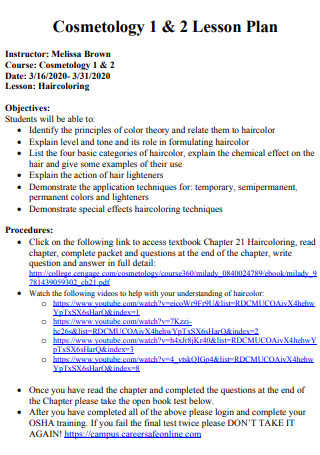
Cosmetology Lesson Plan
download now -
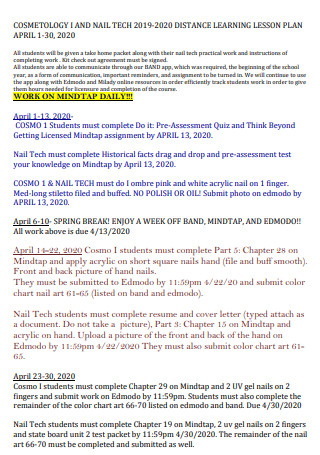
Cosmetology Distance Learning Lesson Plan
download now -

Cosmetology Program Lesson Plan
download now -
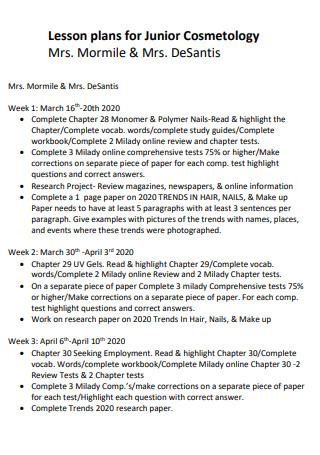
Junior Cosmetology Lesson Plan
download now -
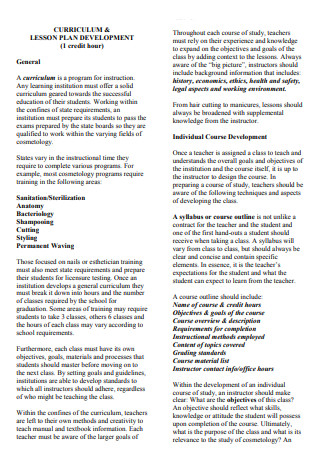
Cosmetology Lesson Plan Instructor
download now -

Cosmetology Weekly Lesson Plan
download now -
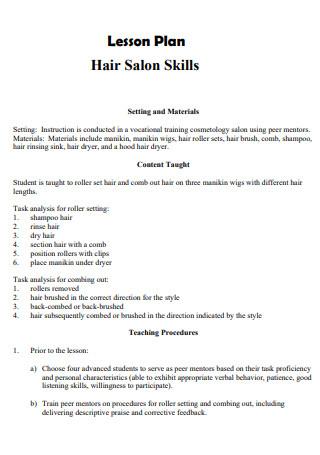
Hair Salon Lesson Plan
download now -
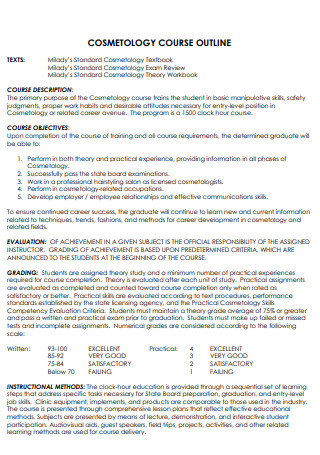
Cosmetology Course Outline
download now -
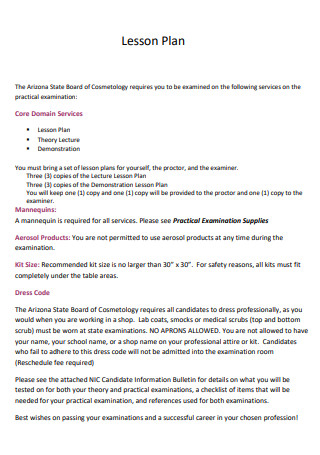
Board of Cosmetology Lesson Plan
download now -
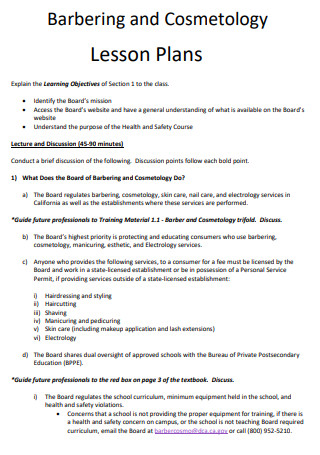
Barbering and Cosmetology Lesson Plan
download now -
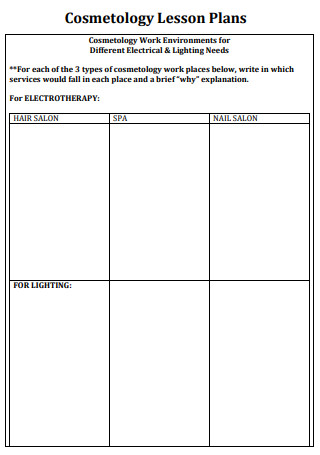
Sample Cosmetology Lesson Plan
download now -
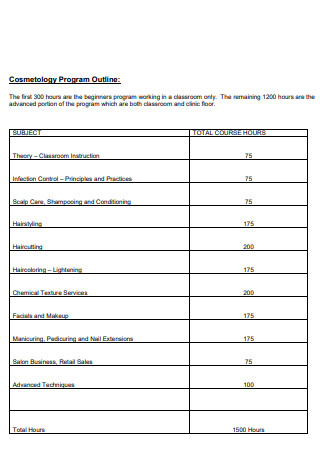
Cosmetology Program Plan Outline
download now -
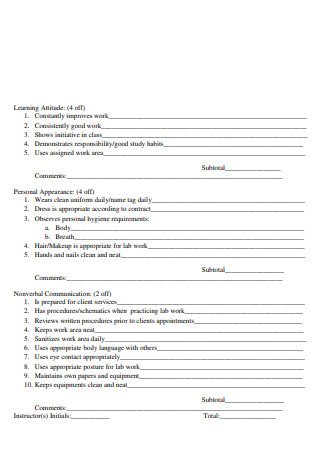
Printable Cosmetology Lesson Plan
download now -
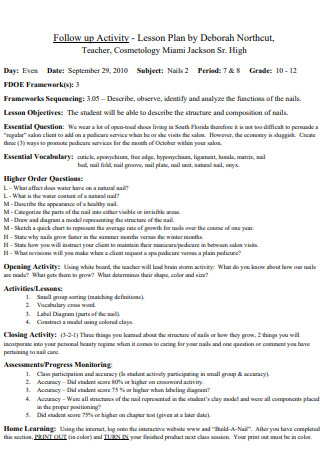
Formal Cosmetology Lesson Plan
download now -
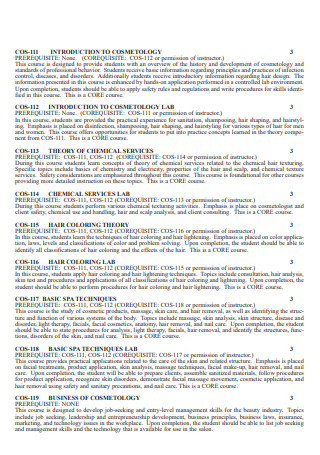
Simple Cosmetology Lesson Plan
download now -
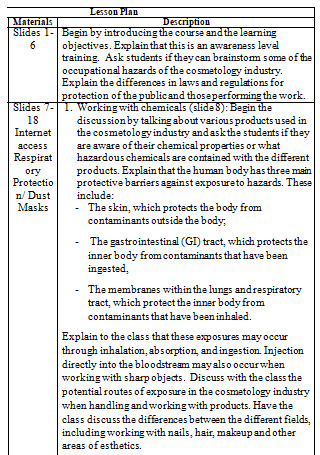
Cosmetology Industry Lesson Plan
download now -
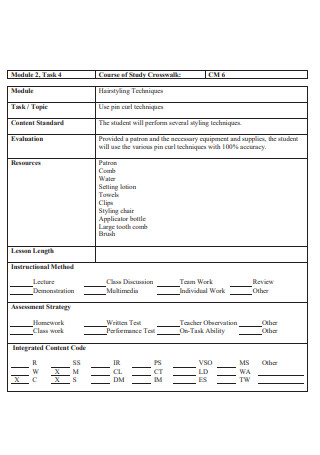
Chemical Cosmetology Lesson Plan
download now -
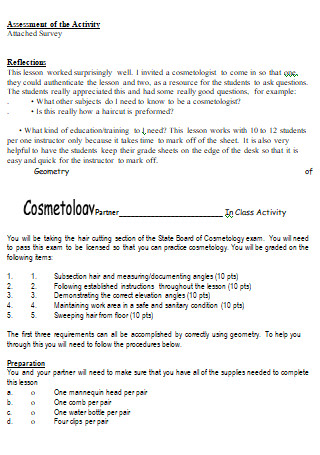
Geometry Cosmetology Lesson Plan
download now -

School Cosmetology Lesson Plan
download now -
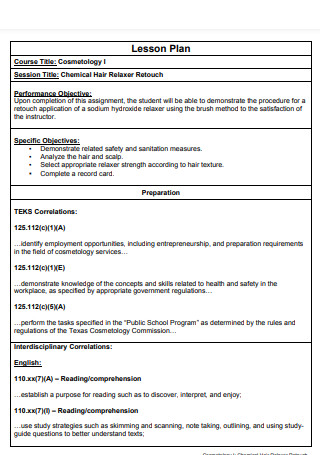
Chemical Hair Cosmetology Lesson Plan
download now -
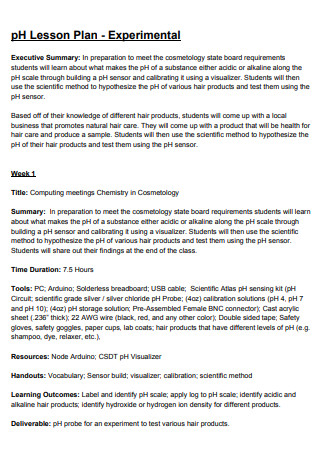
Chemistry in Cosmetology Lesson Plan
download now
FREE Cosmetology Lesson Plan s to Download
20+ SAMPLE Cosmetology Lesson Plan
Cosmetology Lesson Plan: What Is It About?
Cosmetology and Its Careers
How to Create a Cosmetology Lesson Plan
What are the attributes of a good lesson plan?
What are some of the benefits of having a lesson plan?
What are some of the tasks of a cosmetologist?
Cosmetology Lesson Plan: What Is It About?
Instructors on the subject of cosmetology need a guide, a manual that will help them structure out their daily lessons. That is what a cosmetology lesson plan is all about. It is a detailed instruction manual that guides teachers on how to teach when to teach, and what to teach when it comes to the study of cosmetology. It rolls out the activities and learnings related to the subject, as well as provides objectives of what is hoped to be achieved from each lesson covered. Cosmetology covers a broad range of learnings, skill-set development, and specialties when it comes to aesthetic treatment. The specialties range from haircare and styling, skincare and treatment, makeup or cosmetics, manicures or pedicures, hair removal, and so on. Often confused with beauty salon stylists, cosmetologists undergo more extensive training, particularly in the beauty treatment of skin and hair. On the same note, cosmetologists are not to be confused with dermatologists. Dermatologists are physicians, licensed medical professionals who provide medical treatment relating to hair, skin, and nails. Cosmetologists are also required to obtain a license before they can formally start their practice. A lot of states require a practical and written examination as part of the licensure requirements of becoming a cosmetologist. Cosmetologists who went through proper schooling and who were able to obtain their licenses also achieved a certain amount of credibility and trust that can potentially increase their scope of clientele, possibly even having, yes, famous influencers or celebrities as clients!
Cosmetology and Its Careers
There are a lot of things that you can do coming out of studying cosmetology. Cosmetologists are the go-to experts when you want to come out looking like you’re ready for a photo shoot. More than just experts in cosmetics, armed with their diploma and their license, a career in cosmetology covers a wide range of career specialties and possibilities. As the saying goes, from head to toe, so basically, anything to do with the beauty treatment of the hair, skin, and nails, you’re friendly, neighborhood cosmetology can certainly work the magic! Let’s take a look at some of the work specialties covered by cosmetology.
How to Create a Cosmetology Lesson Plan
You may be a cosmetology teacher or beauty educator, and already skilled in beauty applications and beauty treatments, you still need to be armed and equipped with a lesson plan when facing those doe-eyed cosmetology students of yours. A lesson plan is your roadmap, your day-to-day guide in going through topics and subjects, as well as evaluating and monitoring your students. They are created with an objective or a goal on what they want the students to take away from learning about cosmetology, and more importantly, how the students can be able to apply those lessons in real life. Cosmetology lesson plans come in different formats, but more significantly, they need to at least include these essential elements for them to be effective when applied to teaching.
-
Step 1: Learning Objectives
The learning objectives contain the goals or aims of the lesson plan of what students should learn on or before the end of the course, just like a Work Plan Strategy. The objectives should be brief but written so that the readers or the students will be able to understand what is expected of them and what is hoped to be accomplished from them. Oftentimes, objectives are written as a form of a call to action, conditioning the reader that this is the behavior or the outcome that is being anticipated. The words “to do” or “to be able” are used as sentence starters, indicating that there is a clear need that something should be done or accomplished. The learning objectives also set the timeline of the undertakings. It could be a whole school year, a semester, or even a quarter of the year. Remember that the goals or objectives set in a lesson plan should follow the SMART Goal, goals that are Specific, Measurable, Achievable, Relevant, and Time-bound.
-
Step 2: Requirements and Resources
The requirements and resources in a cosmetology lesson plan are those materials, tools, references that are needed to conduct the lessons. Requirements could also come in the form of time requirements, like how much is allotted per activity or per lesson, or the number of units or subjects a cosmetology student needs to take to be considered for graduation. Resources include textbooks, online reference materials, handouts or Worksheet Plans, guest speakers, and materials for practical applications, such as hair, skin, and nails beauty tools and treatment kits. Another form of requirement could be that a student needs to have a particular skill-set or knowledge before moving on or taking the next higher level of class.
-
Step 3: Teaching Activities
At the very core of a lesson plan are the Teaching Plans, methods, procedures, or activities that the instructor lines up. The activities could come in the form of oral, written, or practical application. In picking out the activities, make sure that these activities are aligned with the objectives, relevant to the course, and engaging for the students. For cosmetology, a lesson activity could be in the form of a basic makeup application. It could be a step-by-step demonstration, from the cleaning, primer, foundation, concealer, contouring and highlights, eyes, lips, et cetera. A written activity could be in the form of listing down the right way of properly taking care of salon tools and equipment, the dos and don’ts of salon makeups and chemical uses, et cetera. Another activity could be in the form of inviting guest speakers to talk about their experiences working as cosmetologists, and where students could be able to interact with them.
-
Step 4: Assessment and Evaluation
Similar to a Teacher Action Plan, at the end of each lesson, all students are subjected to an assessment and evaluation to determine how far their understanding of the lesson is, or the Lesson Learned. In the cosmetology lesson plan, there should be a separate sheet that lists down the names of the students, the activities that they partook in, and the corresponding score or grades they’re rated with. This is also an opportunity for teachers to provide feedback on areas that the students need to improve, or else skills and talents that need to be enhanced and developed further. This section can be likened to a Student Progression Plan.
FAQs
What are the attributes of a good lesson plan?
A good lesson plan, first of all, has a clearly stated objective, easily understood by its readers to keep them focused and motivated. It should also consist of specific, achievable, and time-bound activities since, after all, the cosmetology course is also bound to a certain timeframe. The activities should also be practical and realistic, concurrent with real-life applications or situations. A good lesson plan should also be able to have a proper assessment tool or method to be able to monitor the progress of the students, and if the overall planning was able to achieve the objectives or not.
What are some of the benefits of having a lesson plan?
One of the benefits of having a lesson plan is that it helps organize the teaching activities through the creation of a timetable. An instructor could be able to track and effectively monitor what are the next steps to be taken, as well as the duration of each activity. Another benefit of having a lesson plan is that it serves as documentation on monitoring the learning progress and comprehension of the students. The lesson plan report is used as a basis for providing comments and feedback and can help the instructors single out the areas of opportunity improvement from the students. A lesson plan also helps build confidence in instructors. Knowing what to teach and how to teach it makes you a good teacher, that your students and even co-teachers will look up to you when it comes to teaching.
What are some of the tasks of a cosmetologist?
Some of the typical tasks of a cosmetologist are: 1) hairstyling, which includes washing, cutting, shaping, texturing, coloring, straightening, curling, perming, tinting, highlighting, braiding, installing hair extensions and weaves; 2) aesthetics, which includes facial cleaning, outer layer treatment, exfoliating, micro peeling, microdermabrasion, anti-aging treatments, whitening, wrinkle reduction, anti-pigmentation, waxing, eyebrow threading, hair removal, et cetera; 3) nail technician, which includes manicure, pedicures, nail arts, and jewelry; 4) makeup, cosmetics, or prosthetics or special effects makeup; 5) electrology, using electricity for permanent hair removal; and 6) becoming beauty brand ambassadors through promoting and demonstrating the use and application of beauty products.
What are Hollywood’s greatest secrets as to why their actors and actresses come out looking like the modern-day Greek gods and goddesses? What makes their tresses so shiny and glamorous that it makes you beg your hairstylist to do it the same way to your hair? Their secret? Behind the glamour and beauty is the hand of a skillful cosmetologist. And before cosmetologists even get near to a red carpet celebrity, they had to undergo training. Training that’s carefully designed and planned out in a cosmetology lesson plan.
Planning to have your cosmetology class? Check out our cosmetology lesson plan templates. Our lesson plan templates are available and ready for download so that you can use them easily in your next cosmetology class. Download and use one now, and start creating the next batch of successful cosmetologists for the celebrities!
